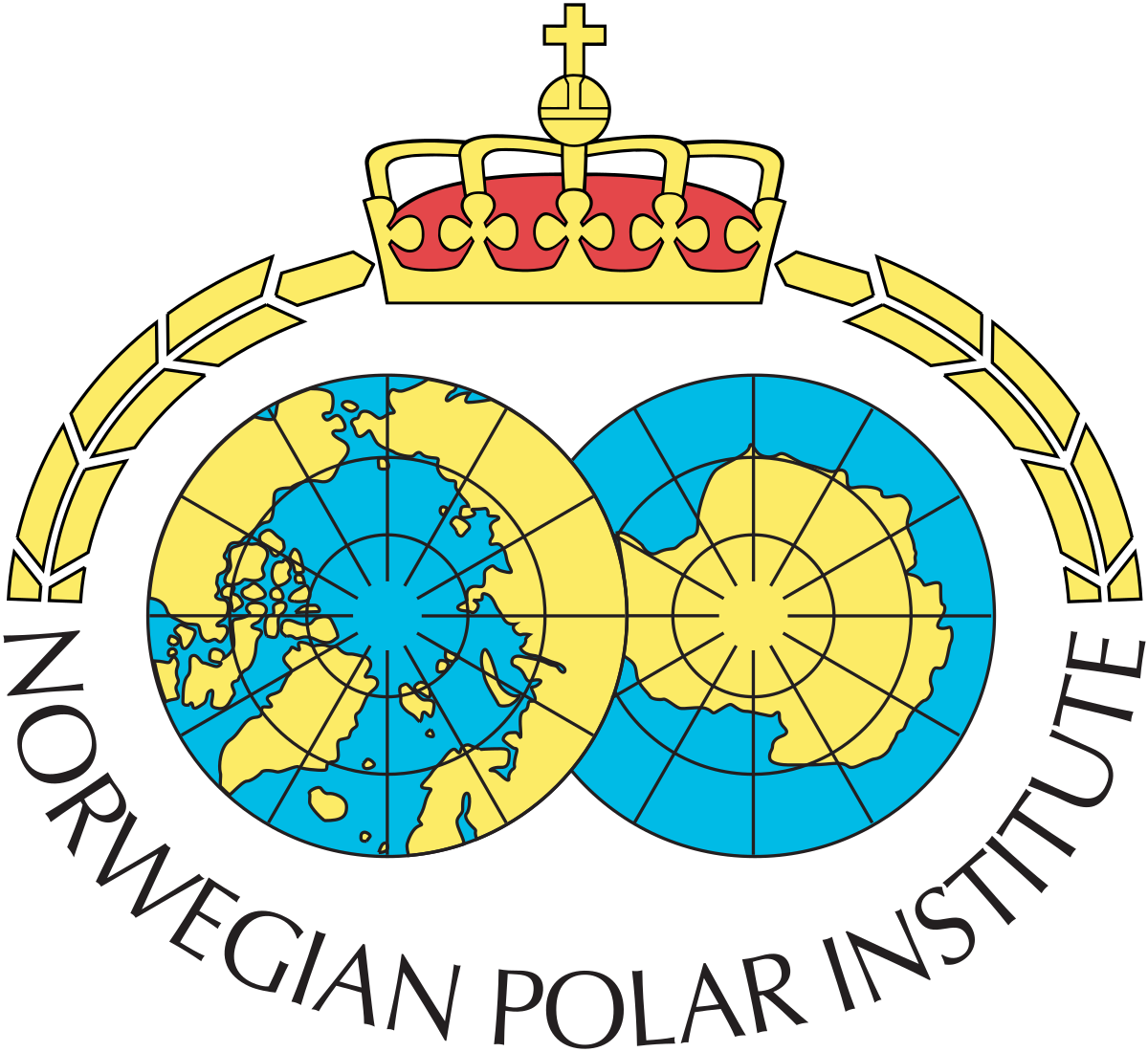Concurrent bachelor courses are available in The Middle Polar Atmosphere, Polar Meteorology and Climate, and Polar Ocean Climate at the University Centre in Svalbard (UNIS) in Autumn 2016 (August-December). Together, these courses provide students with a rigorous and hands-on introduction to geophysical processes and feedbacks between components of the Arctic atmosphere and ocean. The courses are available for any bachelor student enrolled in an accredited institution of higher education in Norway or internationally. Master's students can also be eligible for these courses. All instruction is in English.
The application deadline for these Autumn 2016 courses is February 15, 2016. More information on these courses, other course offerings, and UNIS in general can be found at www.unis.no
AGF-210, The Middle Polar Atmosphere
http://www.unis.no/course/agf-210-the-middle-polar-atmosphere/
This course will lead to basic understanding of key processes controlling the stratosphere and mesosphere in the polar regions. These include radiation, chemistry, dynamics and circulation, particle precipitation, aerosol physics and wave activity in the middle atmosphere. The formation and effect of planetary and gravity waves will be described. The importance of waves in connecting the middle atmosphere to the troposphere will be discussed. Special attention will be paid to how radar, lidar, optical and rocket instrumentation can be used to investigate the middle layers of the atmosphere.
The students will get an introduction to the physics of dust/aerosol particles and their role in formation of the noctilucent clouds, polar stratospheric clouds and mesospheric radar echoes. The fieldwork at the Kjell Henriksen Observatory (KHO) will be connected to airglow observations. Radar and lidar measurement techniques will be introduced during a trip to And?ya Space Center (ASC).
AGF-213, Polar Meteorology and Climate
http://www.unis.no/course/agf-213-polar-meteorology-and-climate/
The course covers a variety of themes important for the weather and climate in polar areas: small and local scale meteorology; boundary layer meteorology; turbulence; local wind phenomena such as katabatic and mountain winds; dynamic meteorology; radiation and remote sensing; atmospheric chemistry; numerical modelling and weather forecasting; climate processes and climate change. Emphasis will be on the differences between the polar atmosphere and the atmosphere at mid-latitudes and on understanding the physical processes involved.
The field component of the course provides an introduction to a number of meteorological observational techniques. Special attention will be paid to exchange processes between the atmosphere and diverse surfaces, local meteorological processes typical of polar regions and the challenges of weather forecasting in the Arctic.
AGF-214, Polar Ocean Climate
http://www.unis.no/course/agf-214-polar-ocean-climate/
The course gives an overview of the water masses and current systems in the Arctic Basin, the Greenland, Norwegian, and Barents Seas, and a comparison with the Southern Ocean around Antarctica. Convection associated with cooling and freezing of surface water influences the vertical structure of the water masses. The thermobaric effect on the compressibility of seawater has its relevance for determining the deep circulation in the world?s oceans. The small-scale double diffusion also has an impact on convection in regions where the conditions for this process are favourable.
The dynamic theory is associated with the circulation and current systems in the different Polar Regions, in particular the Arctic Basin, the Greenland Sea, and the circulation around Antarctica. Essential processes here are the wind-induced circulation, including rotational effects, upwelling and downwelling associated with wind-induced divergence and convergence, and also tidal currents. Frontal dynamics and the topographic impact on current systems are also covered.
Fieldwork will take place during a scientific cruise with a research vessel. Students make reports from selected field measurements.
The University Centre in Svalbard
The University Centre in Svalbard (UNIS) is the world's northernmost institution for higher education and research, located in Longyearbyen, Spitsbergen at 78?N. UNIS offers high quality courses at the undergraduate, graduate and postgraduate level in Arctic Biology, Arctic Geology, Arctic Geophysics and Arctic Technology. There is no tuition fee at UNIS, but in order to do a course at UNIS all students need to pay a semester fee of NOK 500 (ca. EUR 58).
-- Marius O. Jonassen Associate Professor Department of Arctic Geophysics The University Centre in Svalbard (UNIS) +47 7902 3300


